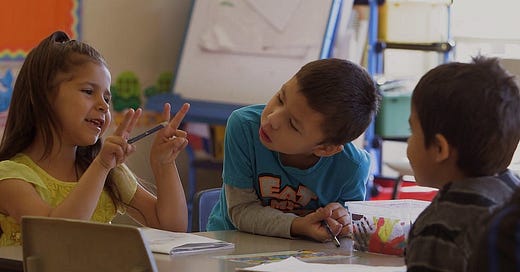‘Our People Will Be Healed’ Is an Affectionate Tale of Triumph
This year marked Canada’s 150th anniversary. Well, at least since they signed the British North America Act of 1867 to become a confederation. But Canada is much older than that, and some of the nation’s indigenous communities rejected the milestone because it overlooked history prior to the event. The release of Our People Will Be Healed, the 50th docu…



